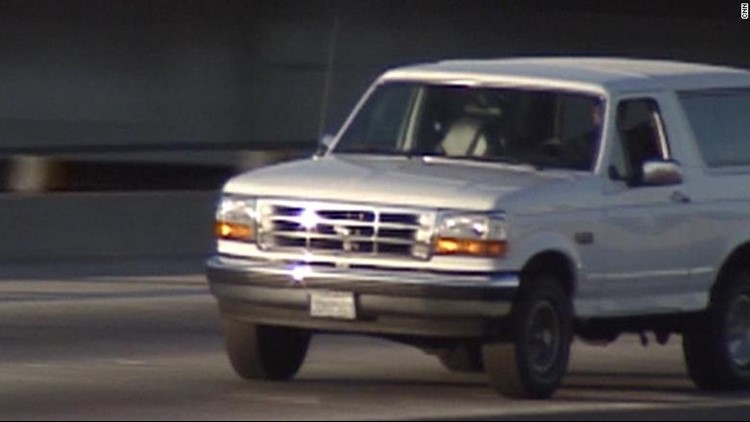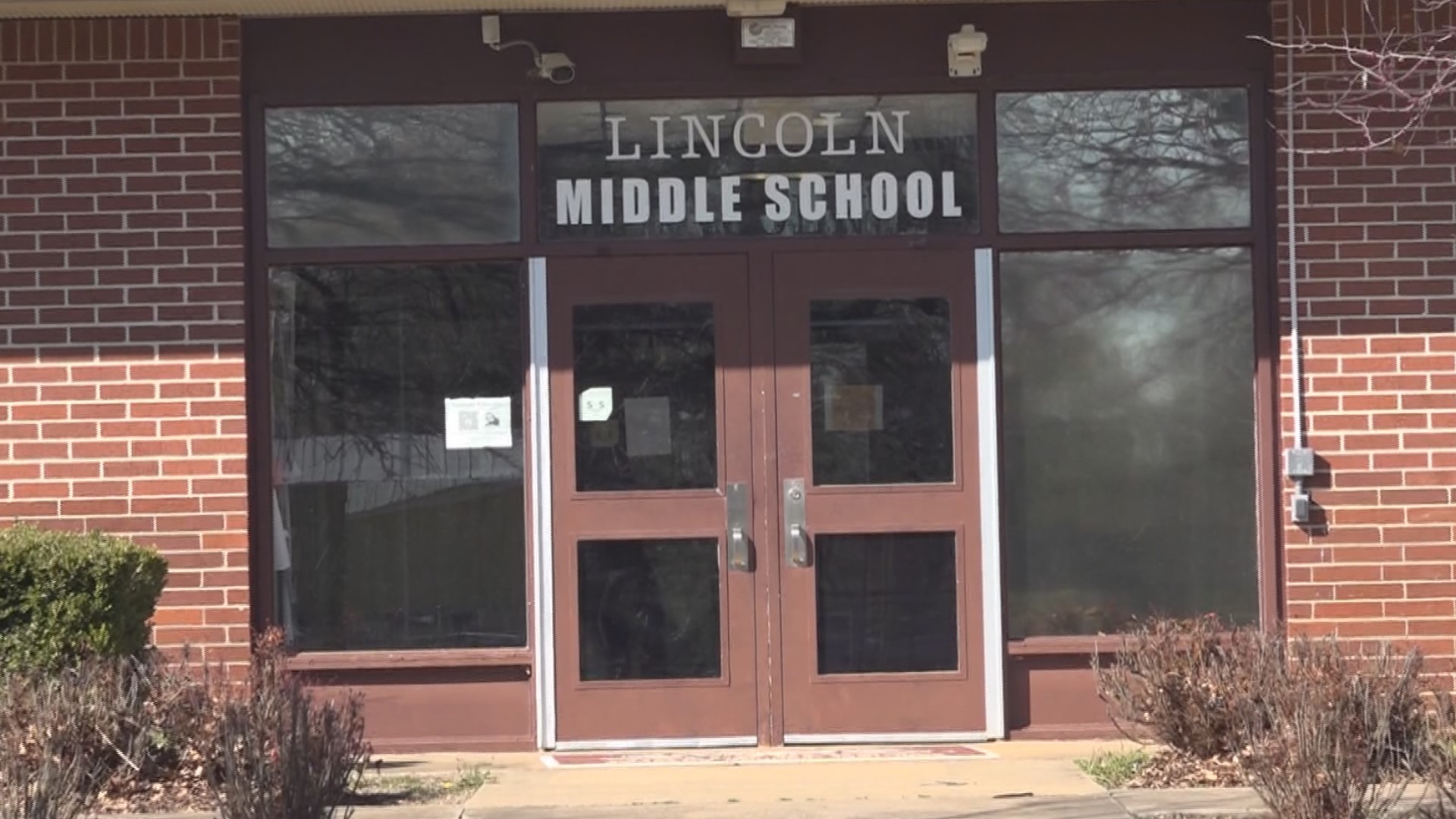(CNN) — June 17, 1994, was supposed to be a big sports night. Viewers around the nation settled in front of their TV screens to watch the New York Knicks take on the Houston Rockets in Game 5 of the NBA Finals.
But instead, another sports figure dominated television in an unforgettable way on that night 25 years ago. O.J. Simpson hopped into a white Ford Bronco, rode down a Los Angeles interstate and sparked one of the most-watched events in TV history.
A man called ‘The Juice’
It’s hard to think of him this way now, but going into the summer of 1994, Simpson was simply “The Juice.” The seemingly always smiling, affable ex-football legend had morphed into a movie star and popular TV pitchman. His transformation from that into one of the most divisive figures in American history really started on that Friday evening a quarter century ago.
That was the day Simpson was charged with two counts of murder in the deaths of Nicole Brown Simpson and Ronald Goldman. He was supposed to have turned himself in to face the charges but didn’t. He was declared a fugitive, and a warrant was put out for his arrest.
At about 6:45 p.m. police saw Simpson on the expressway in a white Ford Bronco driven by his best friend and former teammate, Al Cowlings. Simpson was riding in the back, and he reportedly had a gun. And with that the 60-mile, two-hour, low-speed pursuit through Southern California was on.
A cavalcade of police cars followed in pursuit. TV helicopters swooped in to join the chase. As the Bronco traveled under highway overpasses, crowds of people cheered Simpson on with shouts and signs.
A split screen for the ages
On TV, the chase was simply inescapable. All of the broadcast networks and CNN carried every bit of it live. Even non-news cable channels broke into their regular programming to show portions of it. On NBC, the chase produced the most bizarre split screen ever. On one side of the screen the Knicks and the Rockets battled for NBA supremacy at Madison Square Garden; on the other, the white Bronco inched down a Los Angeles freeway with police in non-hot pursuit.
Some 95 million people watched the chase that night, and they watched it in a way that we don’t watch events now. People stood in large groups in front of televisions in their homes, bars, restaurants and other public places and just gawked at the spectacle.
That’s how the nation took in big televised events in the era before the internet, smartphones and social media.
Simpson and Cowlings eventually made their way back to Simpson’s mansion in L.A.’s Brentwood neighborhood later that night. Negotiations with police started. Then, just before 9 p.m., Simpson surrendered, clutching a family photo. He was arrested and jailed.
The chase was over, but the media spectacle that would become the O.J. Simpson trial was just beginning.



